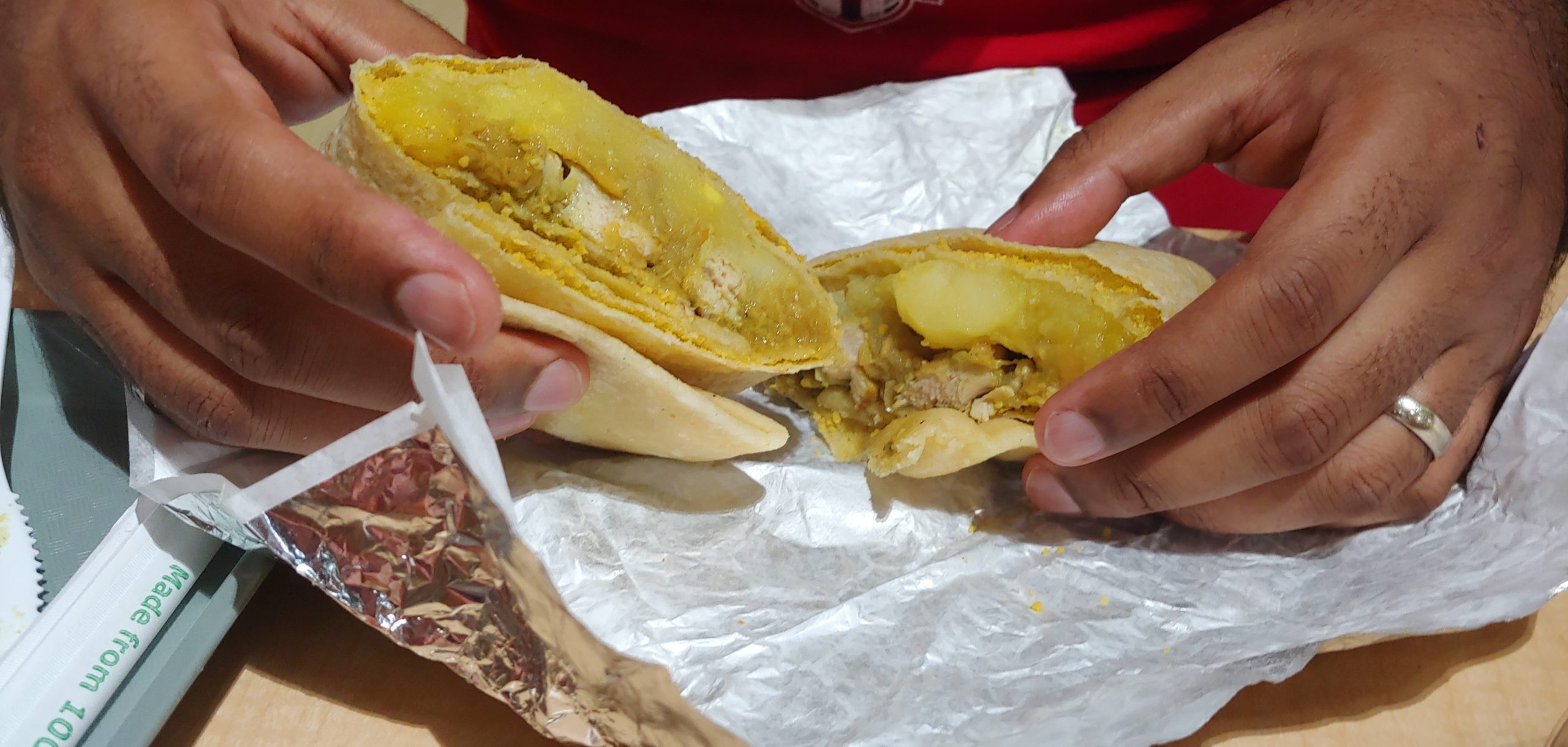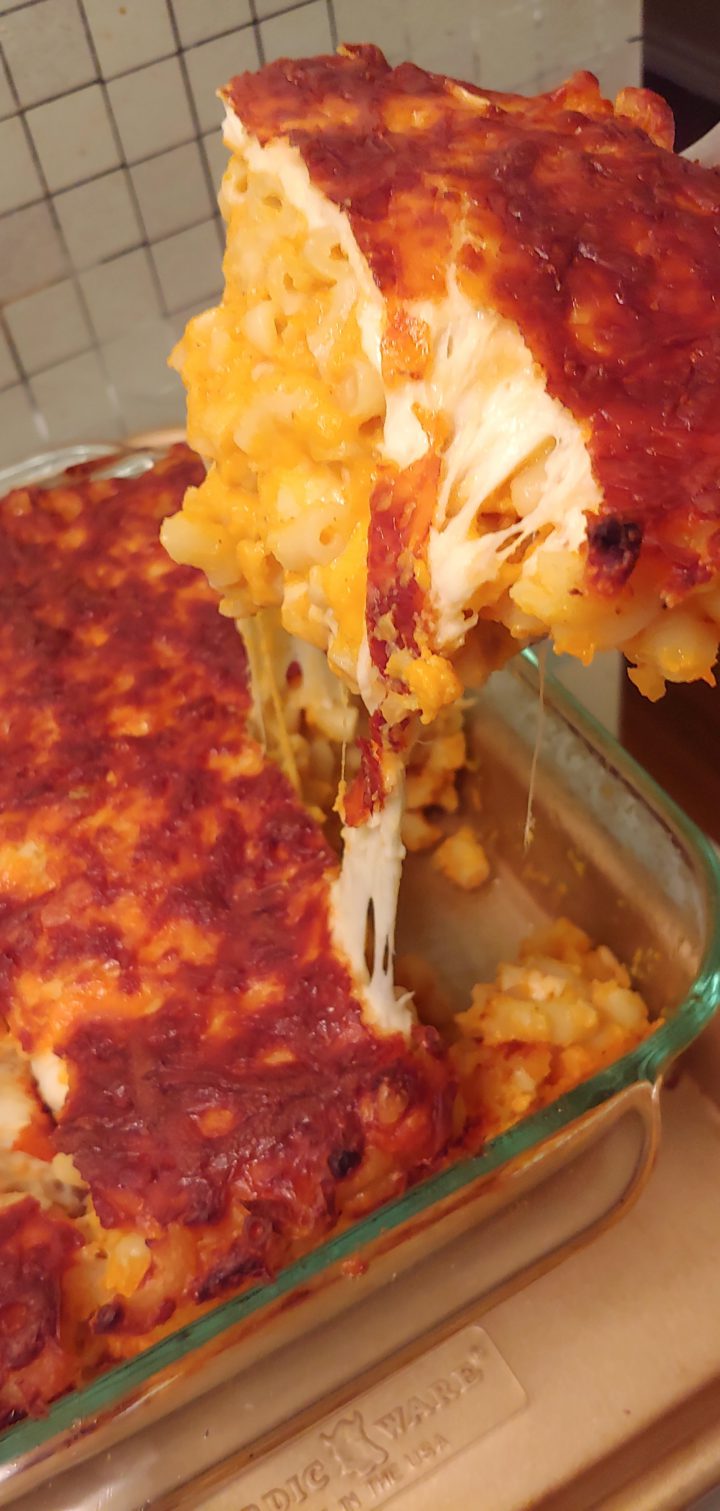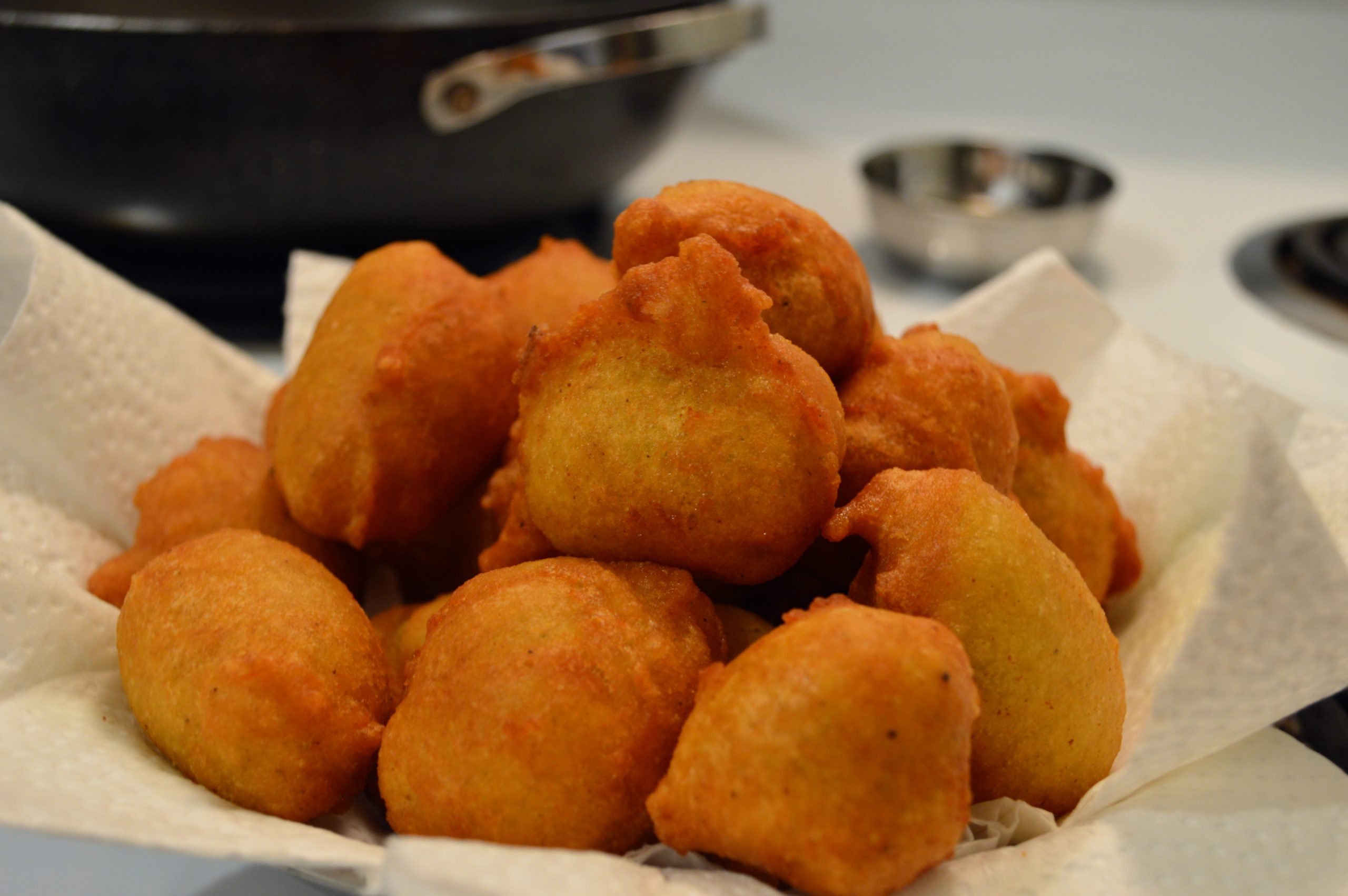The SEasOning
You should look up PechaKucha. It’s a great organization that started in Japan running events, and is now found all over the world. It’s kinda like a TED talk, but less pretentious and infinitely more accessible. Essentially, a presenter gives a talk on a subject, but there are some limits placed on how the convey information.
- You only have 20 slides to get your point across. No more, no less.
- You can only spend 20 seconds talking about each slide, and no more than 20 seconds.
- There can be no words (or VERY few words) on each slide.
The idea is, you’re forcing the presenter to be engaging, precise and brief. It also allows you to watch a number of these in one sitting without burning out.
I gave one of these talks a few years ago, and the lovely people at PechaKucha New West asked me back to do it again. The theme for night was “Things you’ve learnt during the pandemic” and I chose to talk about what I’ve learnt about curry over the past year and introduce you to some of the cuisine of the Caribbean.
I’ll link to the full presentation at the bottom of the post. The notes below hopefully give you some more information and context I wasn’t able to include in the presentation.
The Presentation
A Jar of Mayonaise
In May of 2021 the Washington Post Magazine allowed a jar of light mayonnaise to publish an Op-Ed that stated Indian cuisine was entirely based on once spice and it was bad. Rightfully, he got dragged for it. But it got me started on quest of learn more about the Indian food I ate. Specifically curry.
A Map of India
There is a HUGE diversity of cuisine in India. It changes wildly from region to region. Most of the food people are familiar with come from Punjab, or are British/Mughal hybrid dishes like butter chicken. Dishes in the north of Indian tend of be a little richer and often feature more meat. Rajasthan uses more millet than rice, the south starts introducing more spices and fermentation. You can’t paint all of India’s food with a single brush. Most people think of India as the birthplace of curry but it isn’t…
A Map of England
Curry is very much a British invention. The word curry is a bad English transliteration of a bad Portuguese transliteration of the Tamil word for “Sauce on rice”. In Indian cooking, curry isn’t a descriptor that’s used (or at least historically it hasn’t). Each dish has its own unique combination of spices, preparation, and every household had its own unique version of the dish. Curry didn’t show up as a concept till Brits who had returned home from India started craving Indian food. At first, the individual spices would be imported and Indian chefs in England would make the masala as they would back in India, but as time progressed and Indian food started to take hold in England a standardization occurred. Curry became the term that was used to describe this cuisine to the masses.
A bag of curry powder
As part of this standardization, curry in England coalesced around 4 different types of masala and they were named after the ports they left from. Bombay, Calcutta, Colombo, and the most popular Madras.
The Curry Eating World
The Venn diagram of the British Empire and the curry eating world is nearly a circle. If there were a silver lining to British colonialism, it would be the proliferation of curry. South East Asia, Africa, and the Caribbean all have some version of curry. They each took this idea and meshed it with local ingredients and cooking techniques to produce something that is totally different from each other, but still somehow similar.
A map of Japan
The introduction of curry to Japan is an interesting one. The British were responsible, but they didn’t introduce it to the country of Japan itself. They introduced it to the Japanese navy. The Japanese navy saw this dish as a way to combat thiamine deficiency in their sailors. It very quickly became a staple in the Navy, who in turn introduced it to the rest of Japan
Japanese Curry
The sauce the Japanese curry is based on is a roux, which is very different from the rest of the other curries that I’ve seen. It’s also a little sweeter (some recipes call for apples and carrots to be added) and not quite as spicy. Personally, I’m not a huge fan of it.
Curry Goat
Now this is what I’m talking about. This is the type of food I grew up eating. Curry goat is a staple in West Indian households. You’ll find variations of this dish in places like Jamaica, Trinidad, and Guyana. The masala here is very similar to the Madras curry powder mentioned above. But if you’re getting the Jamaican version of this dish you’re going to get a lot of allspice flavour. It’s a flavour that is very unique and often associated with Jamaica.
Green Seasoning
You can’t rely on the masala alone to provide flavour; you need to marinate your food. (I’ve shared in other posts how to do this). It does bear repeating that this is the base flavour for almost every curry dish you’re going to get in Trinidad. The shadow benny is really what does it. It’s like cilantro turned up to 11. It is Trinidad’s signature flavour and there aren’t many other places in the world that use shadow benny as much as Trinidad.
Curry Chicken
This is a staple of every West Indian cook. It’s a great entry into West Indian food. The great thing about this dish is how adaptable it is. It’s easy to swap out the proteins, add veg, tweak the heat levels. You should check out my post on this elsewhere on the site.
Chicken Roti
This is the gateway drunk into West Indian food. It’s probably one of the most accessible dishes. Curry chicken paired with some added potatoes wrapped in roti. Sometimes you’ll find it dressed up with added vegetables like pumpkin or spinach. The roti most often is dhalpuri, but can be swapped out for dosti.
Dhalpuri
This is my favourite type of roti. This roti is stuffed with cooked, ground and seasoned yellow split peas. The photo on the right shows my first attempt at making this. While I was proud of it, the dhal was a little too coarse and the roti too thick. The last few in this batch came out better.
Dhal
Yet another staple in the West Indian culinary universe. This is made from boiled yellow split peas. The yellow split pea is not a particularly common pulse in Indian cooking, but it became a staple in the West Indies since it was cheap and it’s what got imported by the Brits. To finish this dish you need to chunkay it. It’s a process that is almost identical to a tadka:
- Heat a ladles worth of oil and add some thinly sliced garlic and whole cumin seeds.
- Let that sizzle till the garlic is golden brown and you can smell the cumin getting toasty.
- Pour the hot oil over the dhal, stir it through and serve.
Phulorie
This is the West Indian answer to the pakora. I’ve got a lot more detail about that here.
Egg Ball
I can’t talking about West Indian food without repping some of my Guyanese heritage. Egg Ball is kind of like their version of a Scotch Egg. It’s a very common snack food that is often served with a spicy and tangy chutney called Mango Sour. To make this, wrap a hard boiled egg in cassava that’s been boiled, mashed and mixed with onion, garlic and spices. The Cassava and egg is then rolled in flour and quickly fried to give it a nice crispy exterior.
Stew Chicken/Pelau
These two are some of the more interesting dishes. Their flavour profile is based on burnt sugar. I can’t for the life of me figure out where that originated from. I’ve heard that is a Spanish technique, but the only connection I could find was Basque burnt sugar cheese cake. So I’m at a bit of a loss on this one.
The Stew Chicken dish is one that you’ll find across a lot of Caribbean islands and each island claims theirs is the best. Pelau has a lot closer tie to Spain. In fact the lineage of this dish is really interesting. The Moors brought the techniques for making biryani to Spain during their conquest. In Spain, that evolved into paella and that was exported to their colonies. In Trinidad, that dish started to incorporate local flavours, and replaced the fish with meat – but the cooking principals remained the same.
Doubles
This is probably the dish that defines food in Trinidad and Tobago. The history of this dish has been detailed elsewhere, but it’s an adaptation of chole baturte. It began as a mid-day snack that was sold to labourers in the sugar cane fields. Often they would ask for a second piece of bara to finish eating the curried chickpeas. This eventually evolved into what is now known as doubles. The chickpeas signature flavour comes via the inclusion of shadow beni and amchar masala which is probably the largest differentiator between doubles and chole bature. I’ve got a post planned for later in 2022 to go into more detail on this.
Thanks for coming to my Ted Talk!



